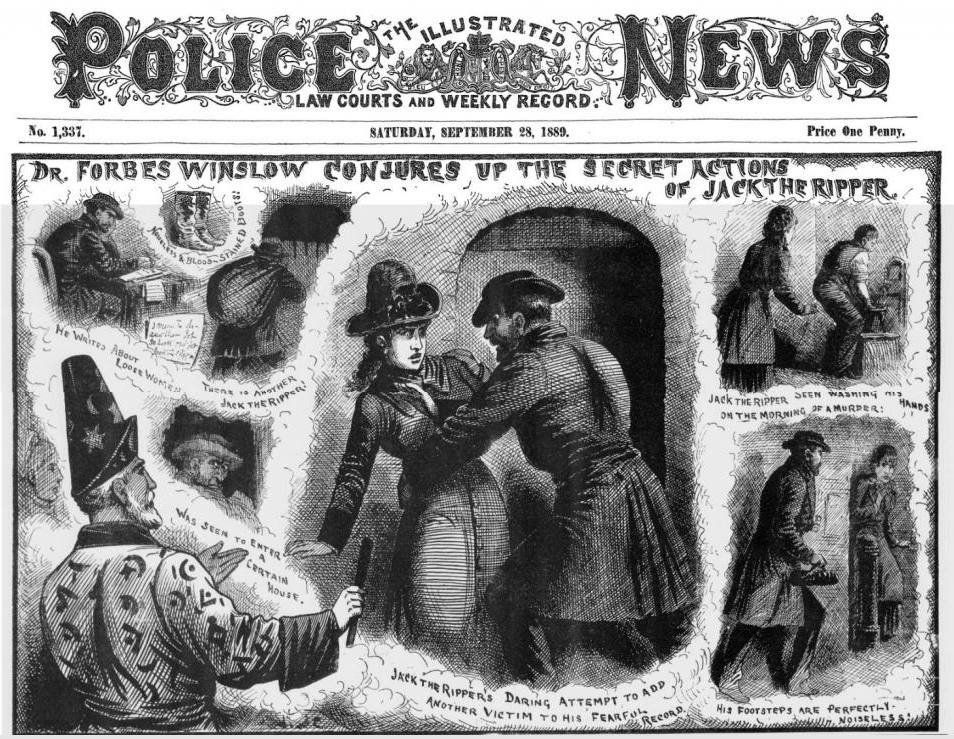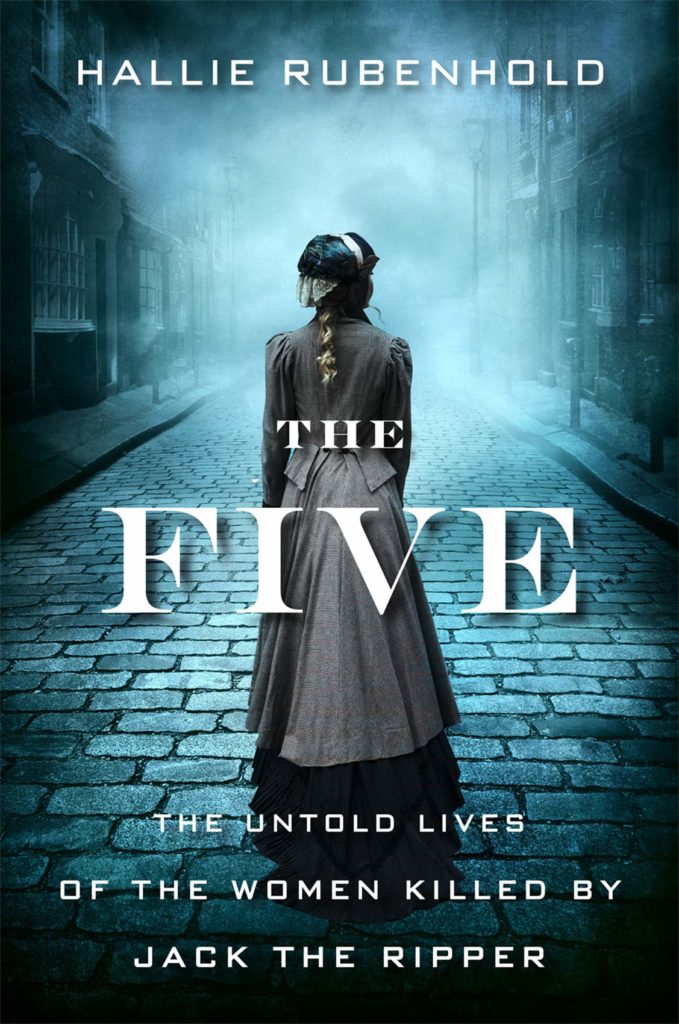We all know the story: In 1888, in London’s East End, Jack the Ripper killed five sex workers.

It may well be the world’s most infamous serial killer story, and the widely held story is just that—a story about Jack the Ripper, the murderer who violated women’s bodies on the streets of Whitechapel and was never caught. In the popular imagination, Jack is the center of the story—and his victims, as sex workers, are dismissed as if they somehow deserved what they got or were asking for it.
Social historian Hallie Rubenhold sets out to change that in The Five: The Untold Lives of the Women Killed by Jack the Ripper. Even more significantly, her work raises questions about why for over 130 years the public has been morbidly fascinated with the spectacle of the Ripper but has paid little attention to the actual lives of five real women he brutally murdered.
I’ve grappled with this question myself. I teach a course on British Murder Mysteries and TV Crime Dramas, both on campus at Oregon State University and in London as part of a semester long study abroad. On campus, we watch the first season of the crime drama Whitechapel, in which a modern day Ripper replicates Jack’s crimes. In London, we take one of the many Jack the Ripper walking tours of Whitechapel where we visit the sites of the murders and see crime scene photos in binders carried by our guides.
I had long struggled with how to teach about the Whitechapel murders without glorifying Jack. Rubenhold’s book has given me the tool I needed.

In 2015 British feminist were enraged when what had been proposed as a museum to celebrate the women of the East End of London opened as the Jack the Ripper Museum. They protested at the museum, including “killing” an effigy of the museum’s owner, a former Google diversity chief. The museum made things worse that Halloween by offering visitors the opportunity to take selfies with Jack and the bodies of victims.
Each victim—Polly Nichols, Annie Chapman, Elisabeth Stride, Catherine “Kate” Eddowes, and Mary Jane Kelly—becomes more fully human in Rubenhold’s heartbreaking treatment of their lives. The book is organized into five parts, with each part telling a thorough and devastating story of one of these women.
Rubenhold has done painstaking research in the coroner’s reports, public records offices, the London Metropolitan Archives, registers’ offices and contemporary newspapers and other publications at the time of the murders. She draws a compelling picture of each woman and brings the dismal circumstances of life as a poor woman in Victorian London to life.
Rubenhold claims these women “began their lives in deficit” because they were born female. They were born into working class families, but as girls they were considered a burden on the family. They would never earn the income of their brothers, so an education was unimportant. The best they could hope for was life as a domestic servant. Their labor was cheap, and, if they were left with children and no man to support them, survival was nearly impossible. They knew little about birth control and so could not manage how many children they had. And on top of this, Rubenhold notes, ideals of sexual morality circumscribed their lives and meant women bore most of the moral judgment if they stepped outside Victorian moral norms.
Their circumstances did push some of these women into selling sex to survive. Some of them became alcoholic. They often had to “sleep rough” (outdoors) because they didn’t have the money for a bed or they were drunk and not allowed into a sleeping lodge. But there is no evidence these women were soliciting sex when they encountered Jack. His victims were vulnerable because no one cared about them.
These women had complicated lives, well beyond the sensationalized tales of the Victorian press, but because they were poor women the police, journalists and public cared little about them beyond their victimhood—and we hold onto the narrative of the women as sex workers because it “makes the story of a vicious series of murders slightly more palpable,” Rubenhold asserts. It assures us that women become victims because they deviate from acceptable standards of female behavior. “These attitudes may not feel as prevalent as they were in 1888, but they persist,” she notes. “They have been integrated into the fabric of our cultural norms.”
Rubenhold instead allows us to see these women, at last, as human—as women with dreams and aspirations; as women with relationships as daughters, sisters, wives, mothers, friends and lovers; as women who worked, loved and struggled. “We have had to forget his victims” in order to keep Jack alive, she argues. “We become complicit in their diminishment.”
The Five reverses that trend.





